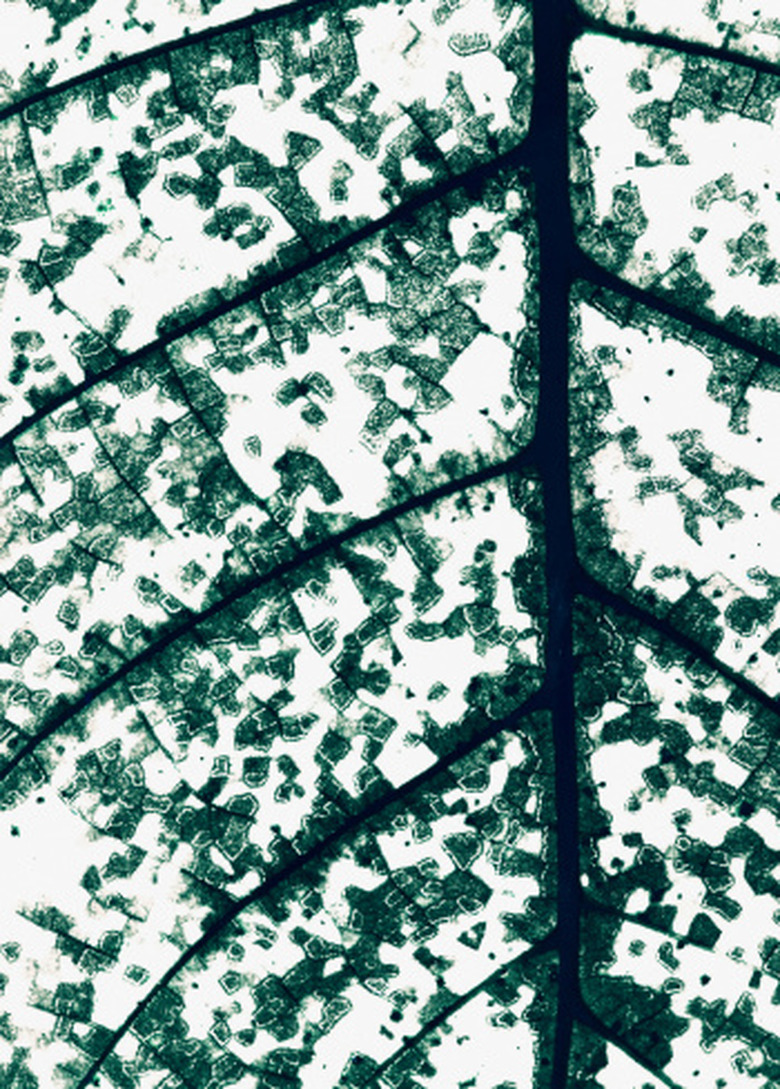Why Do Plant Cells Have Cell Walls As Well As Cell Membranes?
All cells have cell membranes that regulate entry and exit of solutes. Unlike animal cells, however, plant cells also have a cell wall that surrounds the cell membrane. The cell wall fulfills several essential functions.
Identification
Identification
Cell walls are composed of fibers of carbohydrate polymers such as cellulose and pectin. These fibers form a tough but flexible "mesh" surrounding the cell membrane that provides strength and structural support to the cell. Some other cells such as bacteria have cell walls as well, although bacterial cell walls are formed from different materials.
Function
Function
When the solute concentration on one side of the cell membrane is higher than the concentration on the other side and the solutes cannot cross, the water diffuses across in a process called osmosis. Since solute concentration inside plant cells is typically higher than the solute concentration in the immediate surroundings, water diffuses into the cells, and if there was no cell wall, the cells would burst. The cell wall prevents the plant cells from bursting and helps to give the plant the structural support it needs; the "turgor pressure" caused by osmosis helps to give the plant rigidity and keep it upright.
Fun Fact
Fun Fact
If the plant begins to dry out, water diffuses out of the plant cells so that they begin to shrivel up. As turgor pressure is lost, the plant begins to wilt.
References
- "Biology"; Neil A. Campbell, Jane B. Reece, Lisa A. Urry, Michael L. Cain, Peter V. Minorsky, Steven A. Wasserman, Robert B. Jackson; 2008.
Cite This Article
MLA
Brennan, John. "Why Do Plant Cells Have Cell Walls As Well As Cell Membranes?" sciencing.com, https://www.sciencing.com/why-do-plant-cells-have-cell-walls-as-well-as-cell-membranes-13427980/. 21 July 2017.
APA
Brennan, John. (2017, July 21). Why Do Plant Cells Have Cell Walls As Well As Cell Membranes?. sciencing.com. Retrieved from https://www.sciencing.com/why-do-plant-cells-have-cell-walls-as-well-as-cell-membranes-13427980/
Chicago
Brennan, John. Why Do Plant Cells Have Cell Walls As Well As Cell Membranes? last modified March 24, 2022. https://www.sciencing.com/why-do-plant-cells-have-cell-walls-as-well-as-cell-membranes-13427980/
